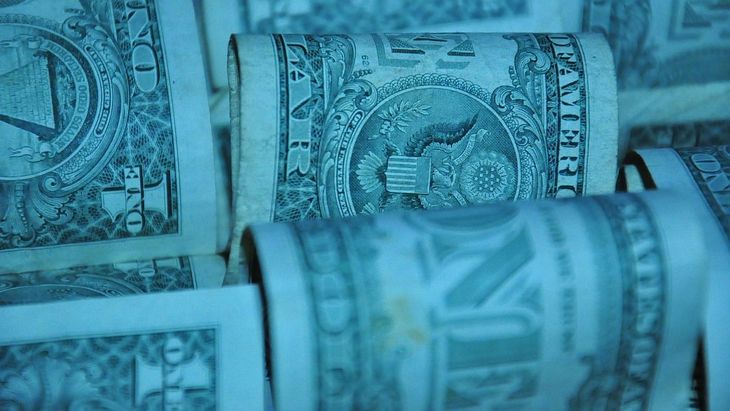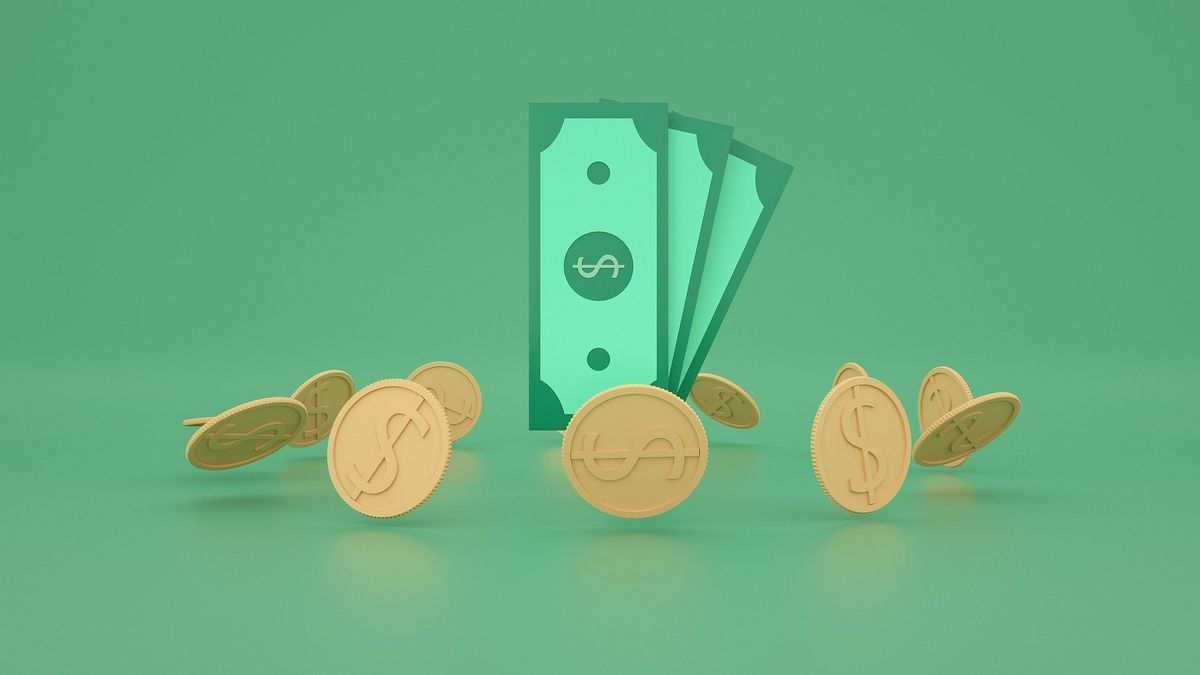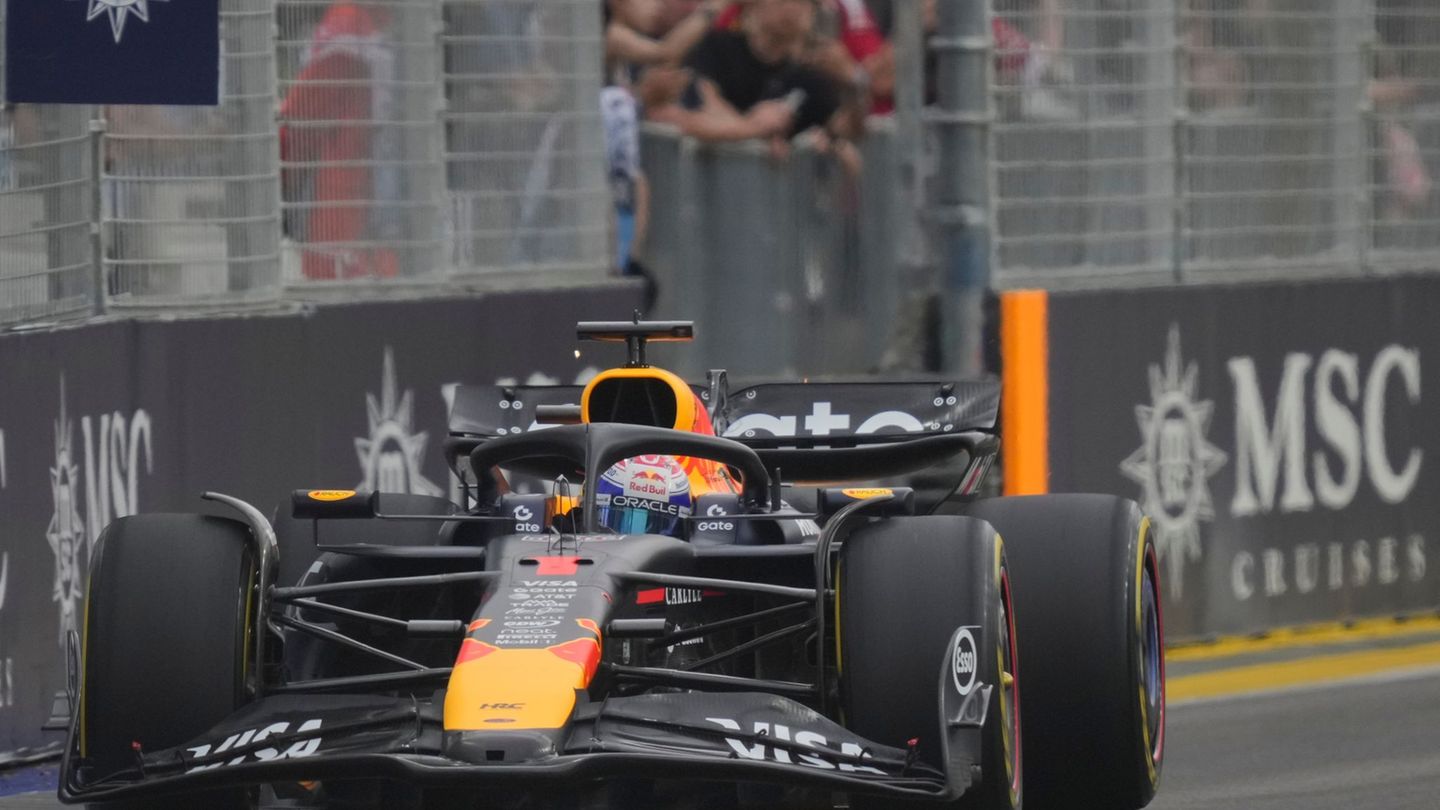The Informal dollar dropped another $2, accumulating a drop of $4 in the last two rounds. In any case, in the weekly balance it registered an advance of 50 cents.
Consequently, the gap between the blue dollar and the official wholesale exchange rate was reduced to 72.2%.
Forecasts, however, point to the blue dollar could continue the upward path.
The maximum price of the informal dollar so far this year was seen at the end of January when it traded above $223, prior to the agreement with the International Monetary Fund (IMF).
dollar-inversions-finances.jpg
Blue dollar: forecast of the gurus
According to different market analysts, the value of the dollar in the informal market is pressured by 5 factors that will take it somewhat higher in its price.
1. Inflation
After a month and a half in which the informal banknote was shipwrecked in minimum values of the year generated mainly by the agreement with the IMF, the currency could not be sustained over time with the high monthly inflation rates. The peak of 6.7% in March increased uncertainty among investors, which pushed the exchange rate up again, due to the effect of price adjustments. Gustavo Quintana, from PR Operadores, assured that the inflation data “were not encouraging.” On Thursday, May 12, the inflation data for April was released, which was 6%, somewhat below the 6.7% in March, but still at worrying levels.
In addition, he says that negative expectations are on the rise and that there may be “a little more pesos on the street and less supply” these days. Likewise, he clarifies that “in a small market like the blue dollar, the trend can change from one day to the next.” In any case, it could already be said that high inflation always affects the expectation of devaluation.
2. Devaluation
In relation to the previous point, although the Government has been running behind inflation, for Salvador Di Stéfano “the wholesale dollar for the month of May would increase from around 4.1% to 4.3%, therefore, it would leave a floor very high rate of inflation for the month, the outlook for May inflation would be at a floor of 5%. At this rate of inflation, by the end of the year, we would end up with a price increase of around 70% per year”. This could make the CER-adjusted peso instruments migrate again to traditional fixed-term or other instruments.
two. Monetary issue
As far as 2022, the monetary issue is close to $400,000 million. Martín Guzmán’s team will return this Thursday to the debt market in pesos to try to shore up compliance with the monetary goal agreed with the IMF after the acceleration of the Central Bank’s assistance to the Treasury in recent weeks, on which the agency has already put the magnifying glass
In the first quarter, with a net financing of $640,000 million (and a large share of indexed securities), the Government exceeded the quarterly goal of monetary assistance: it asked the BCRA for $122,000 million, almost half of the allowed ceiling. In the next few days, Washington’s approval would be formalized. But in April there was a setback: Economy opted to extend the terms of placement and reduce the proportion of instruments tied to inflation, as proposed by the Extended Facilities program, and the market was more reluctant to lend amid the acceleration of prices. Thus, it was able to renew only 90% of the monthly maturities.
This fact once again sowed doubts about the government’s decision to curb inflationary inertia. The economist Roberto Cachanosky mentioned the issue: “If the exchange rate begins to move and people go to the banks to withdraw the pesos, the banks are going to tell the Central ‘give me the pesos I have to pay,’ but , Where do you get the pesos from?”, began the explanation of the gloomy warning. “Then it has to issue again and that causes inflation to explode because the amount of LELIQ that is circulating exceeds the pesos that are circulating, so this is going to end badly,” he asserted. Regarding the price of the dollar, he assured that “it has no ceiling” in this context.
3. Reservations
A recent report from GERES (Group of Studies of the Economic and Social Reality) specified that according to the latest balance of the Central Bank, updated to May 7, net reserves (without counting private deposits or the “swap” with China) were located at USD 6,518 million. And the liquid reserves were negative in USD 2,855 million, if the USD 3,735 million corresponding to gold holdings and the 5,639 million SDRs (IMF Special Drawing Rights) assets were discounted. So, the total reserves reached USD 41,816 million.
for the economist Gustavo Ber“despite the fact that the BCRA recovers the purchase of foreign currency -after some rounds with negative balances- the concerns of operators regarding the chances of reaching the objective of accumulation of reserves beyond the favorable seasonality of the second quarter have not been allayed ”.
5. Fees
In principle, the implemented rate hike could help take pesos out of the informal dollar market and be a downward factor, but the truth is that the market considers that the rate runs behind inflation and perhaps it is not tempting enough. , but, on the other hand, the fact that it should not be an isolated measure also plays a role. If the rate is not raised in conjunction with other decisions that aim to control the rise in prices, it is difficult for the other variables to remain calm as well and the dollar is one more element of our economy. It is for this reason that investors could begin to migrate from instruments in pesos to dollars, sooner rather than later.
dollar-investments-finances-dollar blue.jpg

Blue dollar price in May
In the fifth month of the year, the blue dollar rises $3.50 after ending April at $200.50.
The parallel dollar came from rising just 50 cents last month, and down $11 in March, which represented its worst performance in 14 months.
Last February, the informal dollar fell $6.50 (-3%), after rising $5 or 2.4% in January.
Blue dollar in the year
so far this year, the informal dollar gives up $4 after ending 2021 at $208.
During the past year, the blue dollar registered a rise of 25.3% ($42), half compared to the inflation of the period (50.9%). However, it is worth remembering that in 2020 it had shown a sharp jump of 111% (compared to 36% inflation).
More news about the Blue Dollar and the Dollar
Investments: how to hedge against the jump in inflation and the rise in rates?
Dollar: what will happen and what to invest in
Inflation and interest rates: how to plan your investments?
Source: Ambito
David William is a talented author who has made a name for himself in the world of writing. He is a professional author who writes on a wide range of topics, from general interest to opinion news. David is currently working as a writer at 24 hours worlds where he brings his unique perspective and in-depth research to his articles, making them both informative and engaging.




